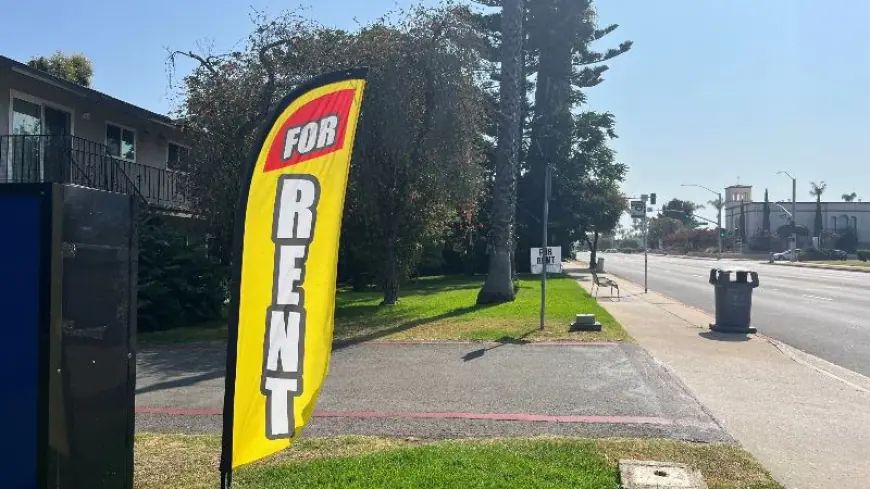Opinion: San Diego Must Act Locally to Expand Rental Assistance to Keep Families Housed
San Diego’s housing crisis continues to dominate the headlines. Yet one of the most effective tools for keeping people housed -- rental assistance -- is not getting the attention it deserves.



San Diego’s housing crisis continues to dominate the headlines. Yet one of the most effective tools for keeping people housed — rental assistance — is not getting the attention it deserves.
Too often, policy conversations about affordability center on imposing burdens on landlords instead of recognizing that housing is a shared social responsibility. If our leaders are serious about addressing housing affordability, expanding rental assistance should be top of mind.
California already has rent control in place, limiting how much rent can be raised year-over-year. But some local cities such as Imperial Beach continue to impose more rules, red tape and cost on landlords — as if that will solve the housing crisis.
These misguided efforts force private property owners — many of whom are small landlords — to absorb the costs of a broken system.
There’s a better way. Direct rental assistance is a fair and transparent method to help people struggling with housing prices. Programs like Section 8 housing vouchers are already an essential tool, but there is a waiting list to access the benefits — and many people don’t meet the criteria.
That’s why some cities recognize the local needs and step up with their own rental assistance programs.
In San Diego, the city’s Housing Commission operates the Housing Instability Prevention Program, or HIPP. It helps pay rent for people in San Diego with low income, experiencing a housing crisis and at risk of homelessness. But the current number of people served by the program — up to 300 — is woefully small.
Separately, San Diego County’s pilot program offering $500 per month to older adults at risk of homelessness is another shining example.
This modest assistance can keep a family housed. That’s a relief not only for the tenant, but for the landlord, who both can avoid having to go through the costly and time-consuming court eviction process as currently prescribed.
The city’s HIPP program and the county’s elder rental subsidy are ideal candidates for expansion. Leaders should also look at offering assistance to help tenants move when properties must be taken off the market for renovations and repairs — known as a “no-fault” eviction. It’s not fair or practical to place that burden on landlords.
We know that rental assistance works to keeps people housed. During the pandemic, California’s COVID-19 Rent Relief program was administered locally — providing a proof of concept for meaningful local rental assistance. Statewide, it provided nearly $5.71 billion and kept a half-million Californian households in stable housing.
Research indicates that recipients of rental assistance experience improved housing stability, quality, autonomy, and affordability compared to those not receiving assistance.
A recent report highlighting the potential loss of funding for 18 critical homelessness programs in San Diego County should serve as a wake-up call. Federal and state grants have supported programs like hotel vouchers and safe parking lots — but their funding is precarious.
San Diego’s elected leaders are rightly exploring multiple solutions to our housing crisis including the preservation of deed-restricted affordable housing and conversion of office space to affordable housing. Each of these efforts is valuable, but none addresses the immediate reality that thousands of San Diegans struggle to find and afford housing right now.
One of the most important — but often overlooked — benefits of rental assistance is that it promotes equity. It allows low-income families, seniors, and workers to live in dignity alongside those of greater means, creating stronger, more inclusive communities.
How to fund it? In addition to seeking federal and state funding, the city should allocate a portion of housing impact fees, redevelopment funds, or general revenue to a rental assistance fund.
Rental assistance must be at the center of San Diego’s housing policy, not an afterthought.
Alan Pentico is the executive director of the Southern California Rental Housing Association.
What's Your Reaction?









































































































